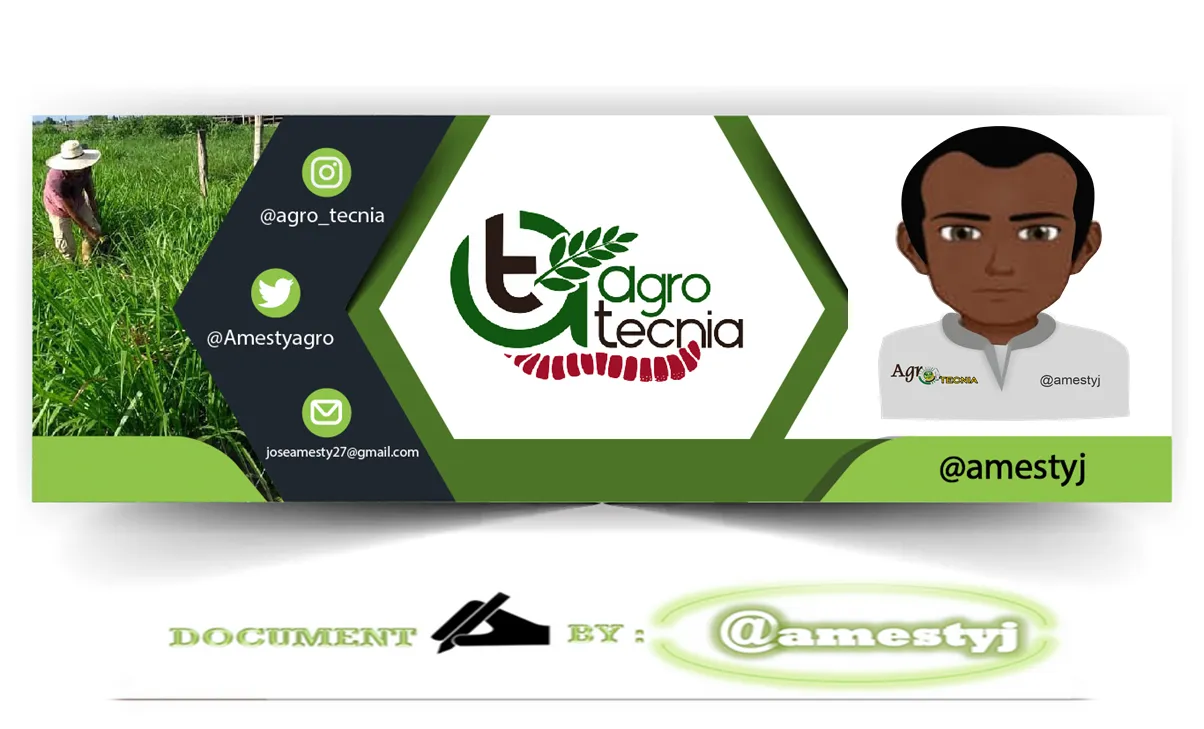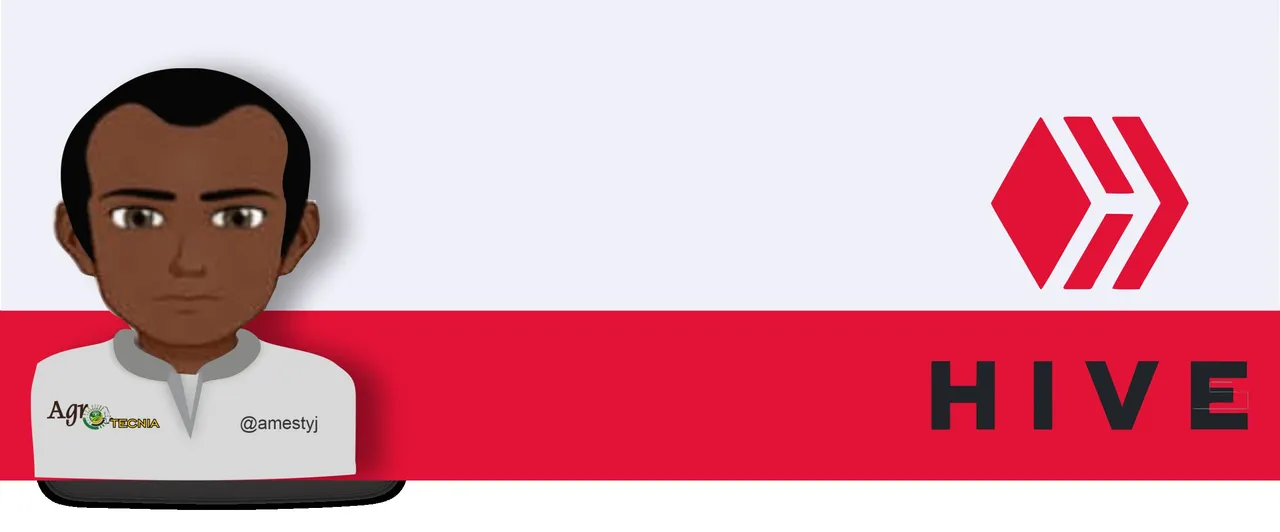Dual-purpose livestock farming has become a viable alternative for small and medium-sized producers, particularly in tropical and subtropical regions. This productive system is characterized by the breeding of bovine breeds that offer both meat and milk, providing farmers with a double source of income and contributing to the food security of the communities. If you want to start with this type of dual-purpose livestock, the first thing you should do is analyze the conditions that exist in the agroecosystems, that is, the climatic characteristics where this type of animals are going to develop.

In the same sense, although the climate cannot be changed, the effects can be minimized by means of shaded areas on the forage surfaces where they graze. Among the main characteristics of this type of dual-purpose livestock farming are the following:
* Breeds: The breeds commonly used are crossbreeding of Creole cattle with European dairy breeds such as Holstein or Zebu such as Brahman, these breeds have a good ability to adapt to hot climates, resistance to diseases and parasites, and aptitude for milk and meat production.
* Management:Dual-purpose livestock is usually developed under extensive grazing systems, taking advantage of natural or improved pastures, however, they are currently managed with rational pasture management, including rotation and rest, to ensure the sustainability of the system and adequate livestock feeding.
* Production: The production of milk in this type of livestock varies according to the breed, management and feeding, but varies depending on the management and quality of the feed provided, as for meat production is obtained from the slaughter of adult or male animals.

n this same vein, the advantages of this type of livestock farming is the diversification of income with the sale of milk and the sale of animals for meat, this allows producers to diversify their risks and increase the economic stability of their farms. Resources are also used efficiently such as pastures and forages, turning them into high-value products such as milk and meat, generates a contribution to local and national food security by providing milk and meat to communities, especially in rural areas where access to other foods may be limited and of course sustainability cannot be left out when this type of livestock is properly managed, agricultural systems can be converted into sustainable production systems that protect the environment and promote animal welfare.
As for the challenges that this type of livestock has is that it can have a low productivity of milk and meat compared to specialized dairy or meat production systems, the quality of milk can be variable, depending on hygiene practices and milking management.
Dear readers, dual-purpose livestock farming has great potential to continue growing and contributing to rural development in tropical and subtropical regions. The research and development of new technologies, the improvement of the breeds used and the strengthening of producer organizations are key to increasing productivity, product quality and access to profitable markets.
In summary, dual-purpose cattle farming represents a viable and sustainable alternative for milk and meat production, particularly in tropical and subtropical areas. By supporting small and medium-sized producers, this type of livestock farming can contribute to improving food security, generating income and promoting rural development in these regions.
- Guía Rural Venezolana (1990). Dual purpose livestock. Pardon. Caracas, Venezuela

Sources
- Photography and images:All photographs and images are the property of the author @amestyj
- Agrotecnia banner: made by the author @amestyj with own images
- Hive Banner: Designed by the author @amestyj with image owned by hive.








